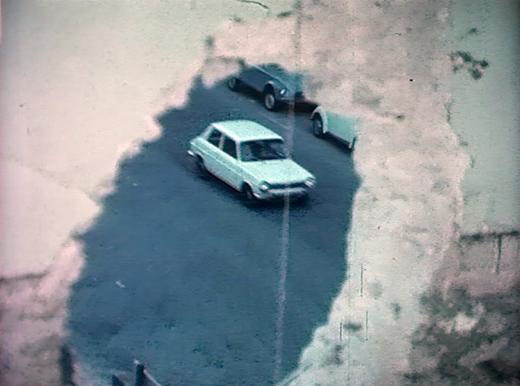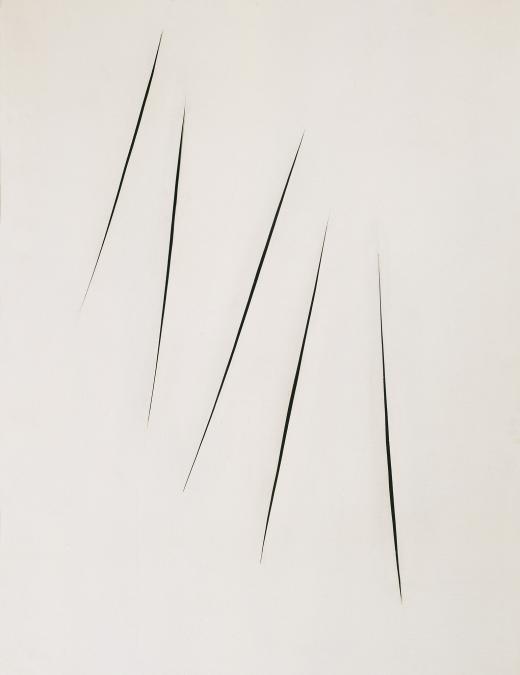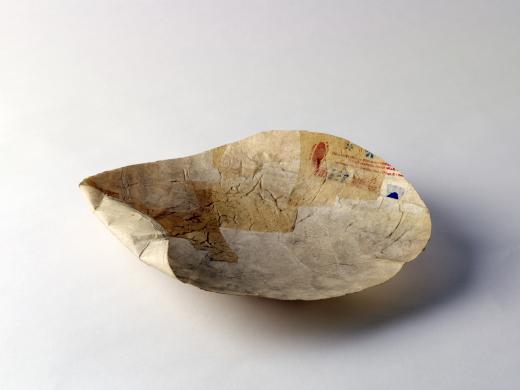FROM RECOGNIZING TO QUESTIONING SPACE
GALLERY 205
How can space, by definition an entity that is invisible, become a fundamental theme in abstract art, and in sculpture in particular? Both Eduardo Chillida and Jorge Oteiza, key figures of Basque modernism, earned international recognition at a time when other movements like Spatialism and Zero were devising their own strategies to explore similar questions. Even though artistic inquiry into space began with the historical avant-gardes in the period between the two World Wars, it became explicit with the post-constructivist debates of the 1950s and culminated with the development of “site-specific” practices in the late 1960s and early 1970s. Man reaching the Moon, an event that obsessed Lucio Fontana and many other artists, along with the 1968 premiere of the film 2001: A Space Odyssey and the publication of Art and Space shortly thereafter, signaled a particularly spatial time in the culture of the day, as did the publication of Italo Calvino’s Cosmicomics (1965) and Georges Pérec’s Species of Spaces (1974).
Along with the selection of pieces by Chillida, this gallery also includes works by the great pioneers of contemporary art, such as Fontana, Oteiza, and Naum Gabo, and by figures whose works follow in the footprints of their inquiries, including Agostino Bonalumi, Sue Fuller, and Norbert Kricke. It also offers a selection of creations in which we can spot the renovation of the language of abstraction which took place in the mid- to late-1960s. It includes works by celebrated German-American artist Eva Hesse, here with a dozen “Studio Works,” and the Brazilian Anna Maria Maiolino, still active today. The generation of the great pioneers of Conceptual Art and “site-specific” interventions is also represented in this gallery with works by Gordon Matta-Clark and Lawrence Weiner.



